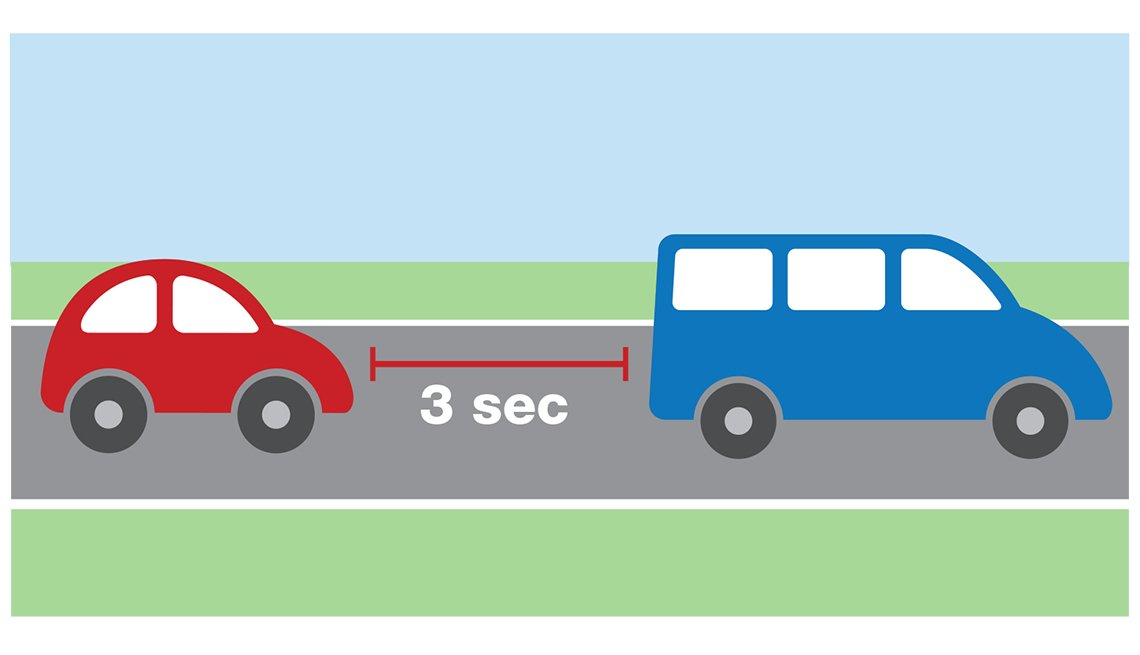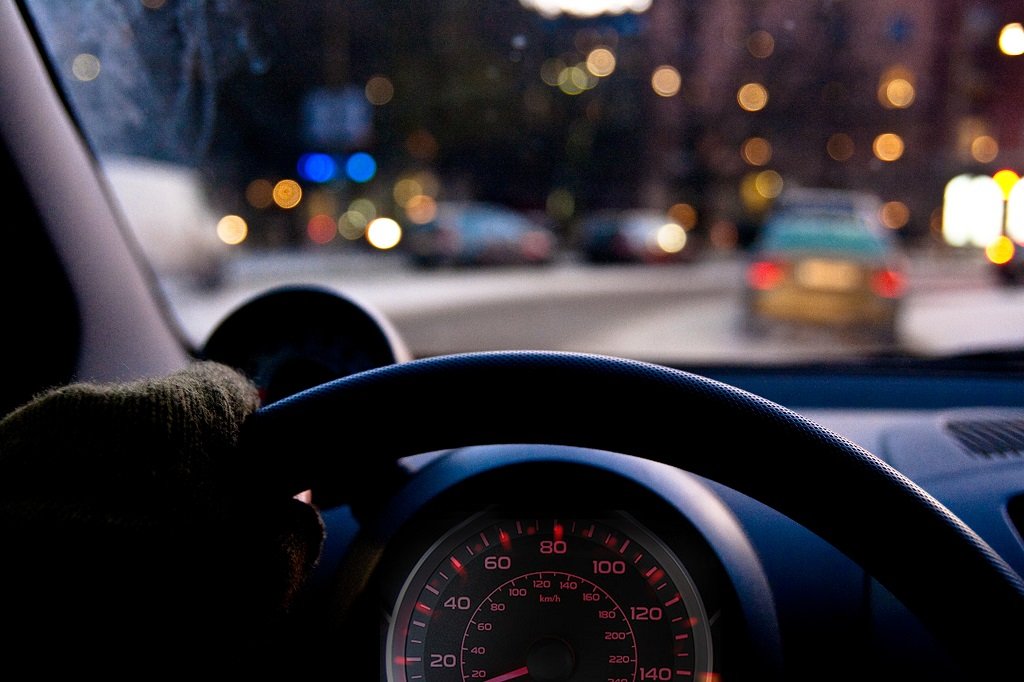We drive on a daily basis but many of us are not aware of many safety rules. It’s important to obey traffic laws and be safe while driving. One such law is the safe following distance rule. What is this and how far should you stay behind another car? Read on to find out more.
Contents
What Is a Safe Following Distance?
The following distance rule means that you should stay at least one car length behind the vehicle in front of you. The distance should be more than two seconds.
However, if an emergency situation occurs (i.e., the other driver in front slams on their brakes), you must reduce your speed and pull over to avoid a collision. The minimum safe following distance rule applies for low speeds or when visibility is poor, such as foggy weather conditions.
If there are vehicles traveling near each other, it’s necessary to increase the safe following distance, so drivers have adequate time to react in case they come into contact with one another!

Another important driving tip for safety purposes is making sure not to tailgate the vehicle in front of you. Tailgating means driving too close to other vehicles, which increases the risk of a collision. The tailgater also cannot react quickly enough when needed.
Do not tailgate as it will put both vehicles at risk. In the case of sudden braking, there would be an undue strain on both drivers, resulting in injury along with damage to cars. Also, leave enough space when turning by avoiding the tailgating zone (at least three car lengths).
Keep a safe distance in inclement weather conditions. It should be more than one full lane width of space. Plus, don’t make erratic lane changes and avoid sudden maneuvers.
How Far Must You Stay Behind Another Car?
The exact measurement of the safe distance depends on the stopping distances, which means the distance your vehicle crosses after pressing the brake in an emergency. However, the stopping distance also considers your reaction time since it takes some crucial milliseconds from the calculation. Driving at high speed is always dangerous as it increases the stopping distance.
At low speeds, you should follow at least one car length behind another vehicle. If visibility is poor or traffic is heavy, increase your following distance by half the size of a car (i.e., two to three car lengths). When preparing for an emergency brake application, leave enough space for the vehicle that’s following to give the driver enough time to react.
The safe following distance will increase depending on the weather conditions and the type of vehicles you are following. When you are driving at night or in icy road conditions, the distance should be more than three car lengths.
If you are driving behind a snowplow, stay at least five car lengths or 70 feet away. It should be 20 car lengths or 300 feet for semi-trucks and 500 feet (33 car lengths) for emergency vehicles.
SEE MORE
- Traveling During COVID-19: Tips for Staying Safe on the Road
- Buying a Car for Your Child? Here are 7 Safest Cars for Teens
The 3 Second Rule of Driving
The time you should allow between yourself and the car in front of you is about three seconds. This will be more than enough space to avoid a collision or sudden braking.
Following a 3-second rule means when you are traveling at 25 mph, the distance from the vehicle in front of you should be at least 111 feet. With the increase of the speed limit, this safe distance from another vehicle increases proportionally. For example, it will be around 200 feet for 45 mph and 243 feet for 55 mph.
It’s safe to follow a 3-second distance rule for the speed limit from 35 to 45 mph. If you are driving at 46 to 70 mph, a 4-second rule would be ideal.
In some countries, it’s illegal not to leave an appropriate safety gap when driving behind another motorist. The law in each country varies but typically runs from two seconds up to five seconds, with three seconds being common practice worldwide and regarded as sufficient for most situations.
Many motorists may feel tempted by tailgating drivers who are trying to intimidate them by speeding up slightly just before they overtake slow-moving traffic. However, this is not a safe practice at all and is illegal in some countries.
Conclusion
The safe following distance in congested situations could be three seconds. In high-speed scenarios, such as highways or open stretches of country roads, drivers should maintain a more substantial gap of at least five seconds between them and the vehicle they’re following. The rule that applies most often to new drivers is “three second intervals”. This usually means staying about one car length from the driver ahead – which will give ample time if s/he suddenly stops after losing control.



